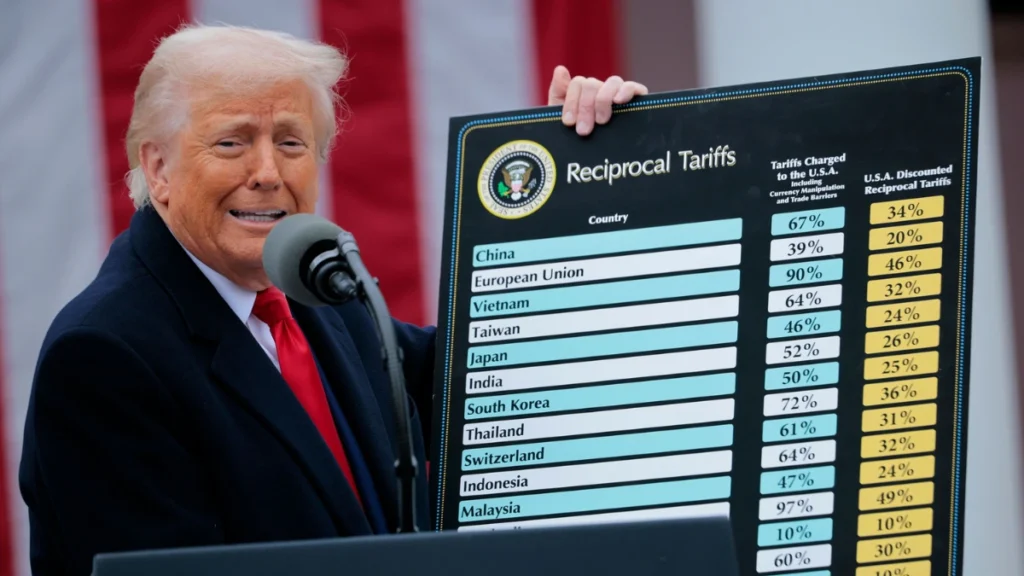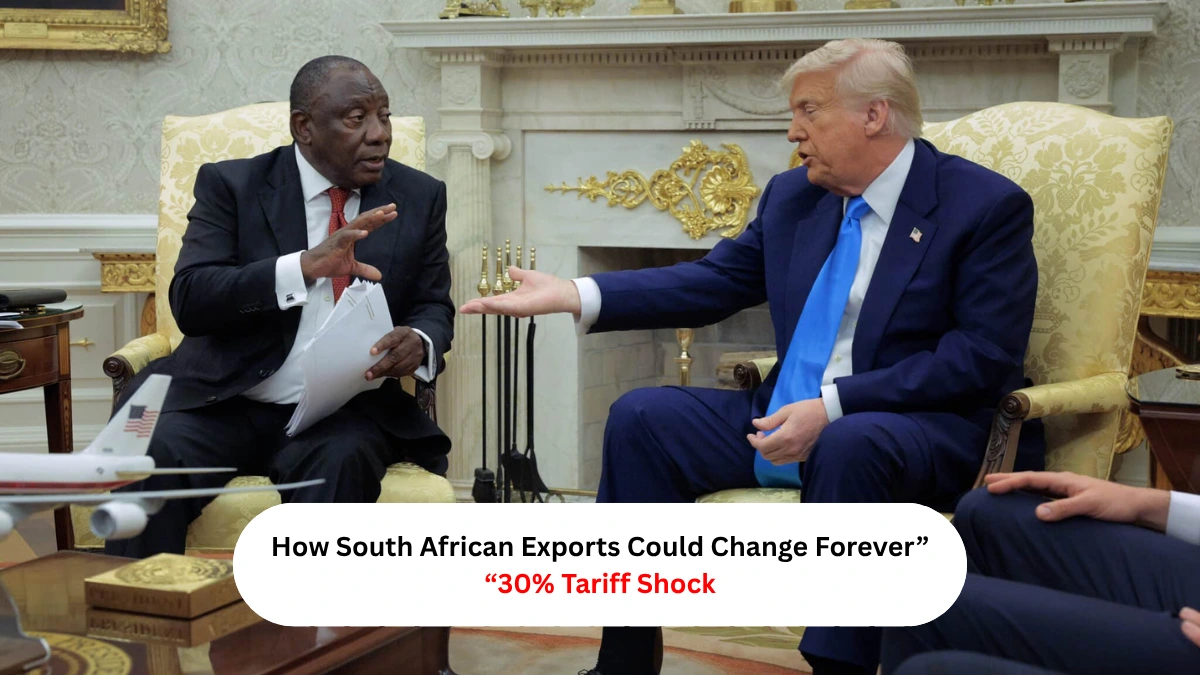South Africa is now facing a major trade setback after the United States announced a 30% tariff on all goods exported from South Africa, effective 1 August 2025. The decision was confirmed through a formal letter from President Donald Trump to President Cyril Ramaphosa, citing what he called long-standing trade imbalances.
According to the letter, the tariff is aimed at correcting what the US sees as years of unfair trade practices, including non-tariff barriers and high import duties. South Africa is one of more than a dozen countries that received similar tariff notices, but the rate applied to South Africa is among the highest.
South Africa Pushes Back Against the Tariff Justification
President Ramaphosa has acknowledged the letter and made it clear that South Africa does not agree with the basis of the new tariff. Speaking on his behalf, Presidency spokesperson Vincent Magwenya explained that the figures used by the US are not accurate.
He said that according to South Africa’s own trade data, the average tariff on imported goods is only 7.6%, and 56% of products enter the country without any tariff at all. When it comes to US products, 77% are allowed into South Africa duty-free under existing trade rules.
The Presidency believes that the 30% reciprocal tariff does not reflect a fair or complete view of the actual trade relationship between the two countries.
Visit our Latest News section now for more updates.

Negotiations Are Still in Progress
Talks between South Africa and the US are still happening. The country says it aims for balanced trade. The US says the 30% tariff is not final yet.
Talks happened on 23 June 2025 at the US-Africa Summit, South Africa is still waiting for the official plan.
In the meantime, President Ramaphosa has told his trade negotiation team to work urgently based on a Framework Deal that South Africa had already submitted on 20 May 2025. That deal responds to the key concerns raised by the US, including claims about a trade surplus, reciprocity, and barriers to US goods.
South Africa Urges Companies to Diversify Exports
In response to the new tariff, President Ramaphosa has also called on local companies to diversify their export markets. The idea is to make South Africa’s economy more flexible and less affected by changes in trade policy from a single partner like the US.
He believes strong trade ties build stable markets. They may look at fast-growing markets to expand.
What the Tariff Means for Trade and the Economy
The new tariff will apply across all product types, meaning it covers every South African good entering the US. This includes exports that are not part of any existing trade agreement. That makes the impact of the tariff much wider than past measures.
In the letter, President Trump claimed the action was necessary due to “unsustainable trade deficits” and a long history of “trade barriers” from South Africa. While his administration has issued similar notices to other nations, South Africa’s 30% rate is one of the highest.
As things stand, the first wave of these tariffs will begin on 1 August 2025, unless both sides reach a new agreement in time.
Related News

Hi, I’m Amandeep Singh, a content writer at Ramnath Intercollage. I share updates on jobs, internships, and scholarships across South Africa using official and trusted sources. My aim is to make every post easy to read and helpful for anyone looking to apply.

